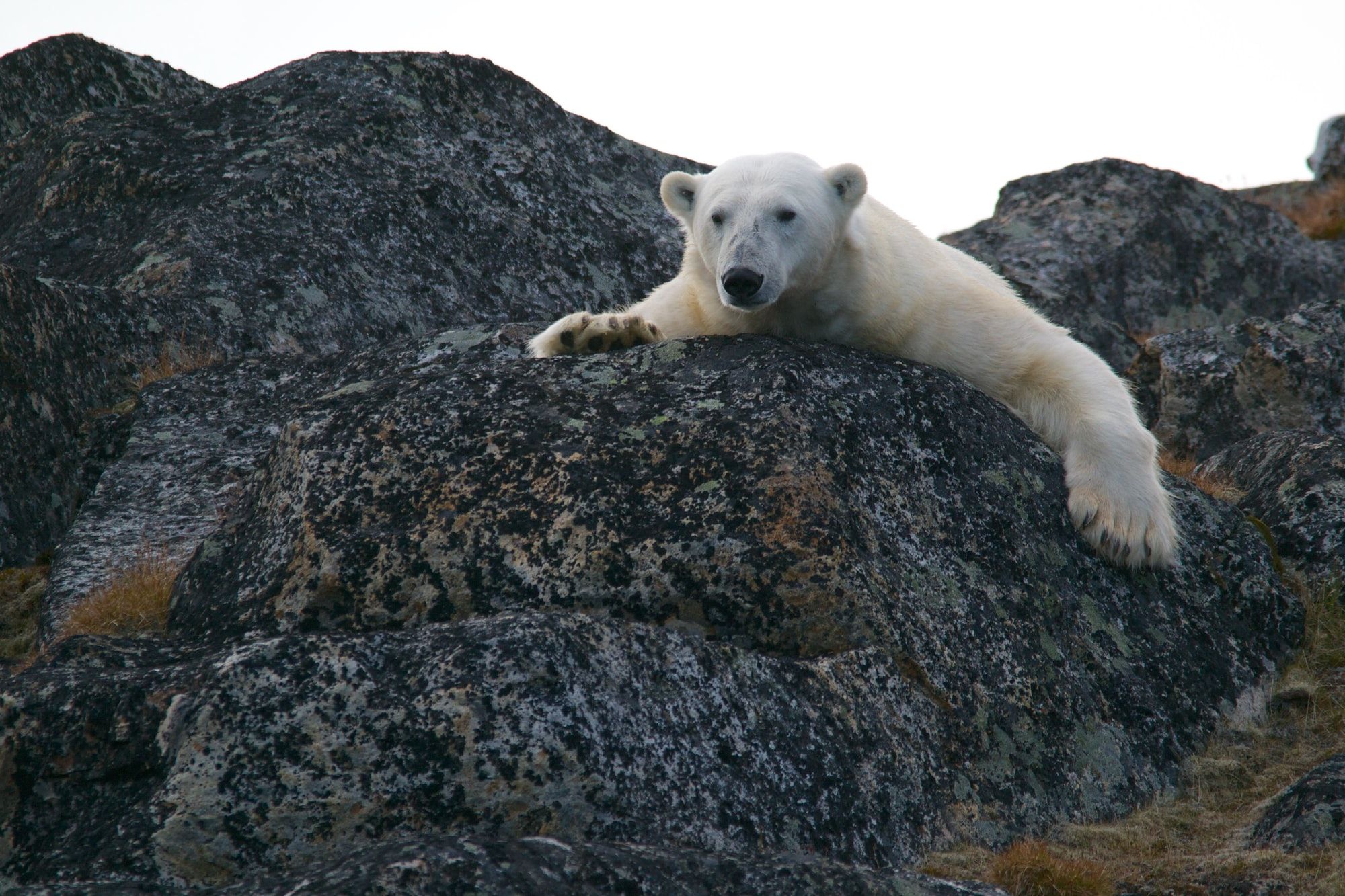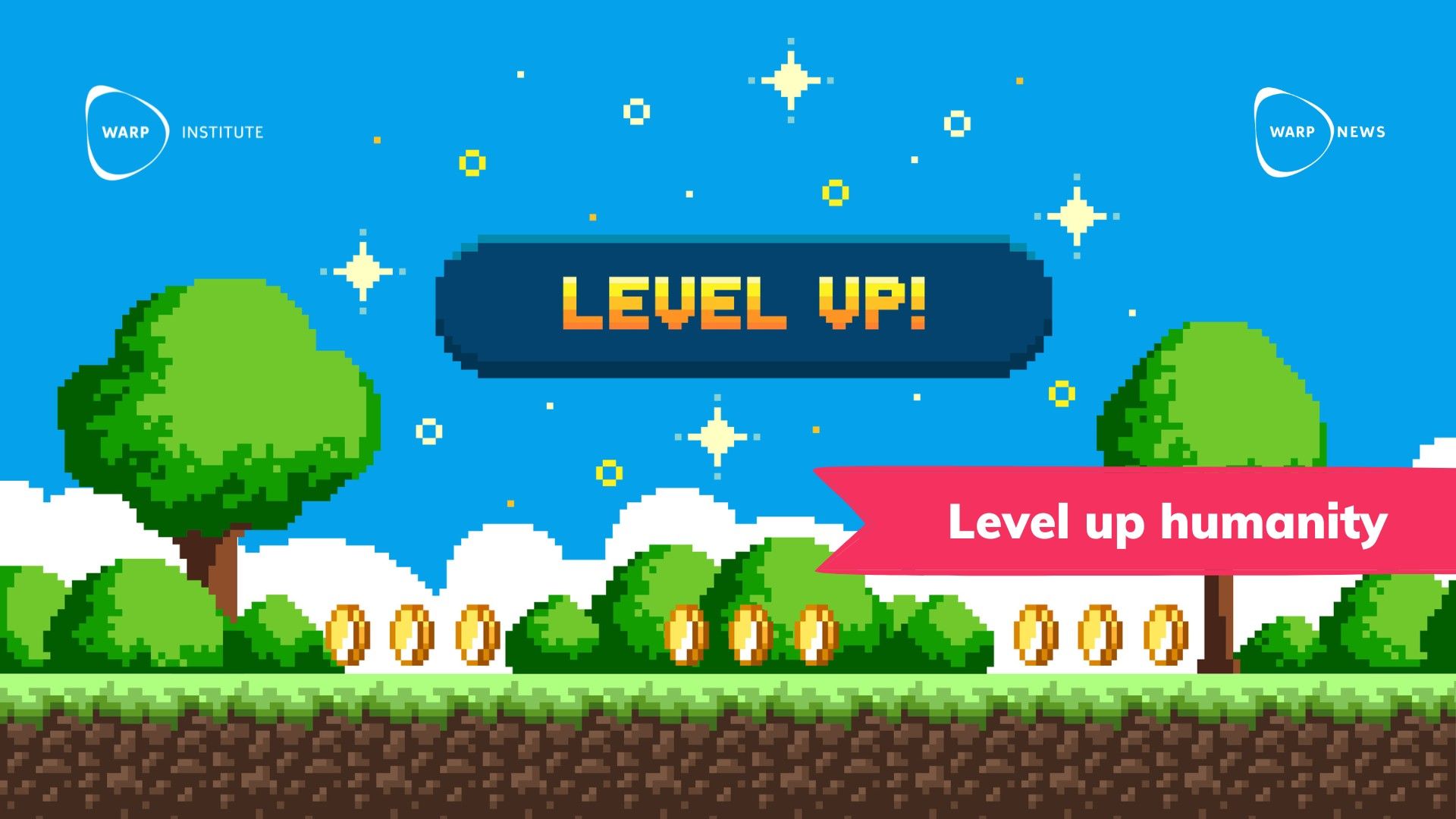
🇳🇴 Norway turns its last arctic coal mine into a national park
Norway is turning its last arctic coal mine into a gigantic national park with the aim of creating one of the world's best-managed wilderness areas.
Share this story!
Norway is getting a new national park by shutting down their last arctic coal mine, turning the Svalbard Archipelago and especially the Van Mijenfjord into a striking wilderness once again.
Experts say the park will be one of the most resilient areas under threat from climate change. It will be the best-managed wilderness in the world, acting as a home to polar bears, seals, and innumerable other arctic species.
The 61 000 square kilometers, 23 500 square miles big island includes seven national parks, 15 bird sanctuaries, one geopark, and six reserves. Around 3 000 polar bears call the archipelago of glaciers, islands, fjords, and mountains home. More than 20 million birds of 80 different species nest on Svalbard during the late summer.
One special thing about the Van Mijenfjord is that it has sea ice all year round and is, therefore a valuable hunting ground for bears. World at Large explains that Svea Mine has loaded ships with coal at the fjord for generations. Now, the loading place is being dismembered rather than abandoned to make sure the area returns to its pristine natural state.
In a press release from June, the Norwegian government explained they were expanding the already existing Nordenskiöld Land National Park to incorporate the fjord. This creates an additional 2 919 square kilometers (1 125 square miles) of wilderness named Van Mijenfjorden National Park. Minister Sveinung Rotevatn says in the same release:
“Our goal is for Svalbard to be one of the best-managed wilderness areas in the world. That requires us to implement measures to deal with climate changes, and pressure caused by increased traffic. The protection of the Van Mijen fjord and surrounding area is a direct response to this.”
Countries that value nature - and take action in order to preserve those values - make the future more sustainable.
By becoming a premium supporter, you help in the creation and sharing of fact-based optimistic news all over the world.


